Recently I was tasked with reviewing the Rotolight Titan X1 and X2 LED Panels, the highlight feature of which is the tunable “Smartsoft” diffusion, acting essentially as a “spot/flood” knob. You can think of these as being comparable to something like a Skypanel S30/S60, an Aputure Nova, or a Litepanels Gemini. While the Titan X1 came to me as a full package, the X2 came straight off the floor at Filmtools so all I had was the light itself and the power ballast/cables. Overall these are some really solid studio lights that would be worth looking into if you’re in the market. As an ethics statement, I am being paid to write this review, but neither Rotolight nor Filmtools have had any input in the article and the words are my own independent thoughts, and in truth I’ve never even met or spoken to anyone at Rotolight. That being said, let’s dive in.
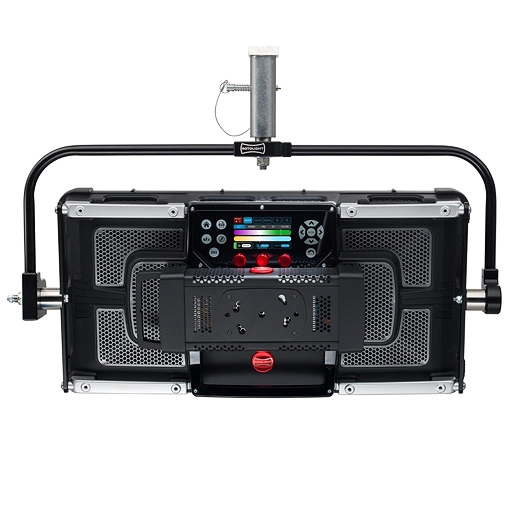
Firstly, the travel case/hard case is awesome. Really sturdy, reminds me of the gear cases we’d use to house rack mounted computers and effects in live music. It’s got a little compartment for the ballast and necessary cables, as well as handles on all sides and a set of wheels on one corner so moving it around is easy.
The lights themselves are super solidly built, but the tradeoff there obviously is weight. The X1, even in the case, can be lifted by one person in to the back of a truck or whatever with relatively minimal grunting, but the X2 is pretty heavy and only has a junior pin receiver on the yoke so you’ll need to account for that when you’re putting it up; a regular c-stand will not do. Another nice thing about the build of these units is they have handles built in on the top and bottom of the frame so they’re easy to carry. That’s a nice touch. They’re also easy to place on the ground, vertically, if you were so inclined. It certainly makes things easier when you’re able to just put them down if needed while discussing where to put them or what have you.
On the back of the units you’ll find a set of very quiet fans and a touchscreen, which is fantastic and easy to use, and the knobs under it are built out of metal and feel very robust. There are soft-touch buttons surrounding the touchscreen but I never really used them save the one for “home”, but they bring you to the SFX, DMX (Wired and Wireless!), and Flash menus. Yes, you can use these panels as a photographic flash unit, which is neat. The ease at which you can adjust settings with the touchscreen or the knobs is great, and I look forward to seeing other manufacturers implementing similar situations and build qualities. I also found that you can’t really “accidently” touch the screen and adjust the values, in the sense that you have to precisely touch the little indicator cursor to move it around, you can’t just tap the part of a spectrum you want and have it instantly move there. That annoyed me at first, since that’s how I’m used to touch screens working, but the more I thought about it the more I realized that precision necessary to adjust things is probably for the better so things aren’t being changed without your specific intent. The XY “spectrum”, however, does work the “usual” way.
In any case, of the options on the back you’ve got standard CCT as well as HSI, RGBW, “Filter”, and X/Y Coordinates. I was most excited to test out X/Y, but it doesn’t seem to use CCT (opting instead for RGB) so it’s not great for matching standard light sources. It basically gives you one of the filter options, which are more color than “light”. In other words the Filter presets and X/Y Coordinates are better for matching “party” lights than white light, which was somewhat of a bummer for me because that’s primarily what I’d use them for but obviously still has its utility. Just dialing in the proper color temperature in the CCT mode allowed me to match to existing sources quite easily, but it would have been nice to input the exact reading from my color meter and get a match. At first when testing this I thought the light was compensating for the 2700K source I was trying to match to (by going RGB orange instead of warm white) since the minimum CCT on the fixture is 3000K, but when trying to match to 5000K evening daylight with XY, the result was reading as 5400K and incredibly green, with a TLCI of 20. Best to just stick to using CCT to match white light sources, which isn’t’ a huge surprise.
The color temperature you get is pretty accurate to what you dial in on the back, only off by a couple hundred kelvin at the worst and usually only by double-digits in general, but the diffusion does change things a bit, which we’ll get to. You’ve also got a tint adjustment parameter so if you need to swing it one way or the other to match a light, or just to do something creatively, that’s a trivial affair. Part of me wishes the tint slider was expressed with standard gel increments so I could use it more effectively with my Color Meter (I don’t know of any light that does this off the top of my head, as an aside) but that’s me being nitpicky as you can probably trust your eyes with tint adjustments.
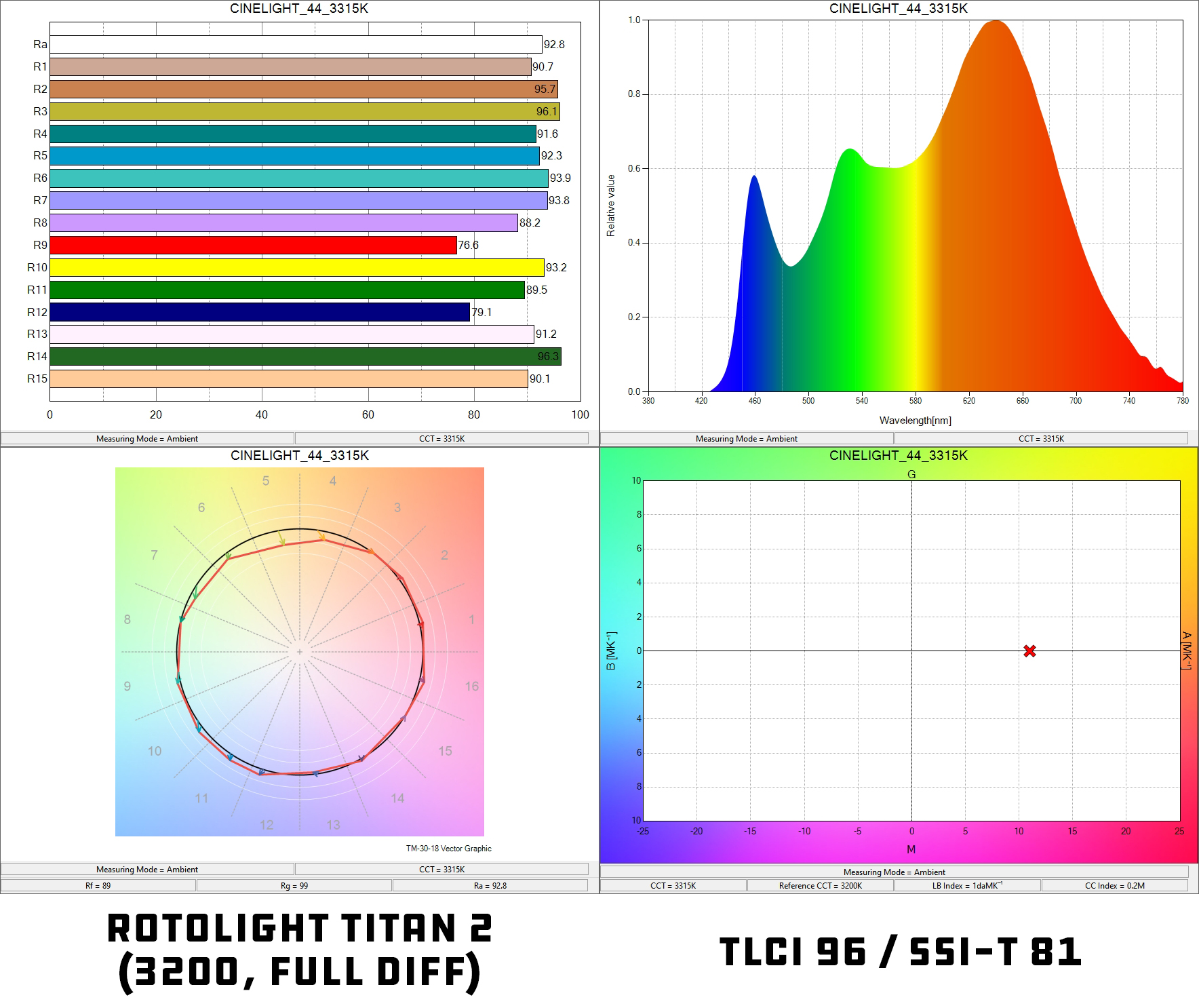
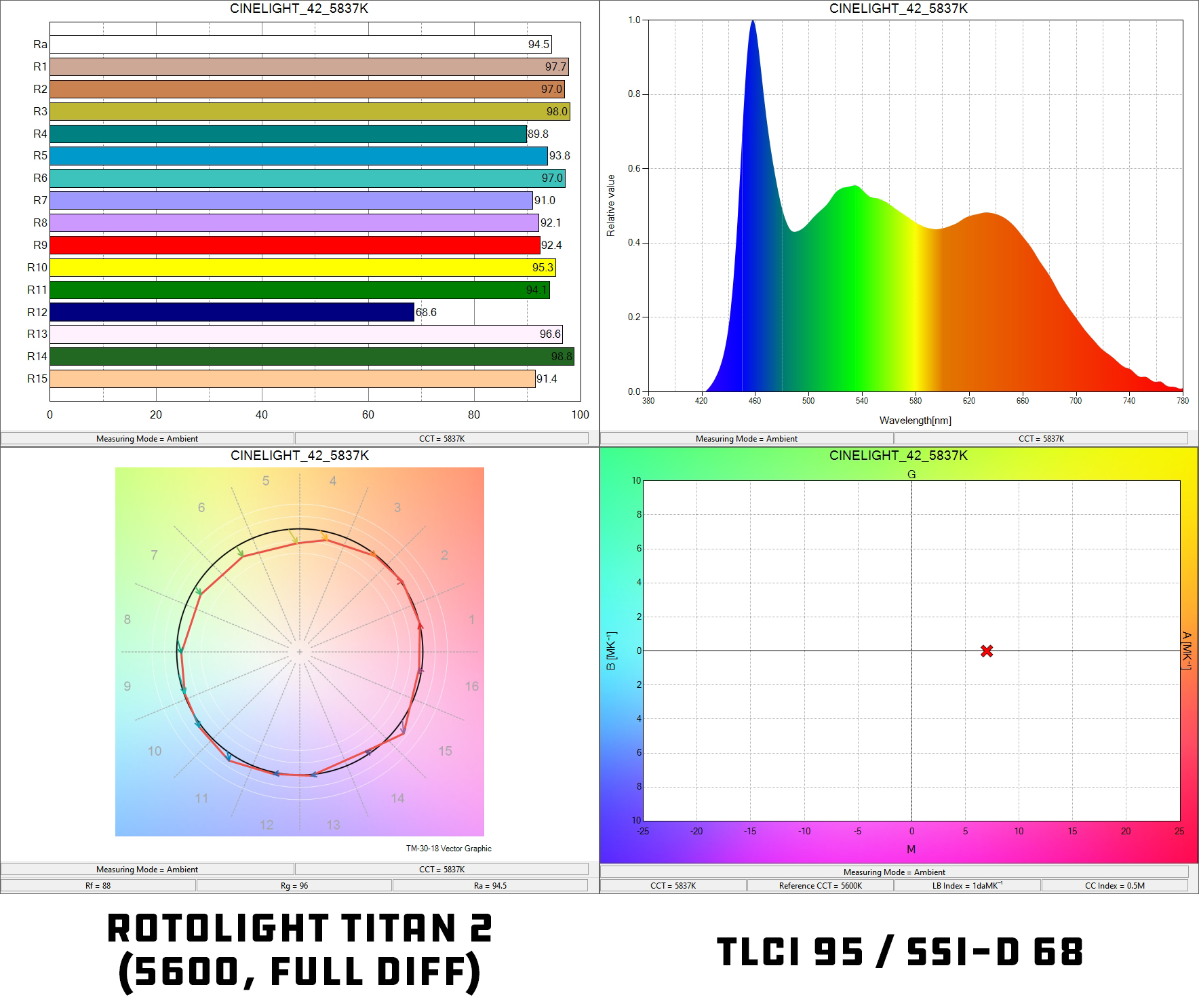
Brightness is not something these fixtures struggle with. In their Tech Spec PDF they say it’s “The brightest 2×1 softlight ever made”. The X2 is bright. At 9′ I was getting f8 at 100% (ISO800, 24fps) with the diffusion fully on, and f11 (in the center) with the diffusion off. Even with the X1 in the aforementioned interview situation, I was at something like 3.5% to give me the f2.8 I needed. The X2 easily turned my dark 13’x13′ office into something appearing to be lit by the mid-afternoon sun, so you can really get some solid values in studio-style shooting situations quite easily.
There are a few things that I feel like are missteps, as with any product. For instance the cable to the ballast is too short for my liking, so you really have to either mount the ballast to the back of the unit (heavy) or mount it directly under the light; you can’t just place it on the ground or hang it somewhere. If they make longer power cables that’s great, but the stock ones are short. An issue with mounting the ballast to the back of the light is that, if you have it above head height and want to adjust something, the ballast box is fully in the way and you can’t see or touch anything. It also does that thing that all these panels regardless of manufacturer seem to do, where the cable bumps the bottom of the yoke, making turning it upwards a problem. I feel like it would wear down the connector or cable. I’d love to see a panel where the power cable is angled in such a way that the light can rotate more or less unencumbered. The brake on the yoke is excellent though, nothing wrong with that, and as I said the whole thing is built like a tank overall.
The diffusion, if I’m honest, isn’t a feature I’d spend too much time fussing with. It doesn’t really do much except spread out the light a little bit (softness is unaffected as the size of your source relative to the subject doesn’t change) and it also changes the spectral output ever so slightly. I found that without the diffusion the light was brighter, but less “accurate” to its intended CCT, but with the diffusion the light was closer to the CCT target but lost a TLCI point and in general seems to cool the light off a bit. When set to warmer temperatures the diffusion adds a bit of lower-spectrum blue light, but when outputting a cooler temp seems to shave off some of the more orange end of the chart. I’m also noticing that the color temperature is even across the light when the diffusion is fully-on, but is cooler in the middle and warmer around the edges when the diffusion is off. In general, especially considering what people buy these types of panels for, I’d just leave the diffusion at 100% unless you really needed that extra stop or so of light and that warm “vignette” isn’t an issue.
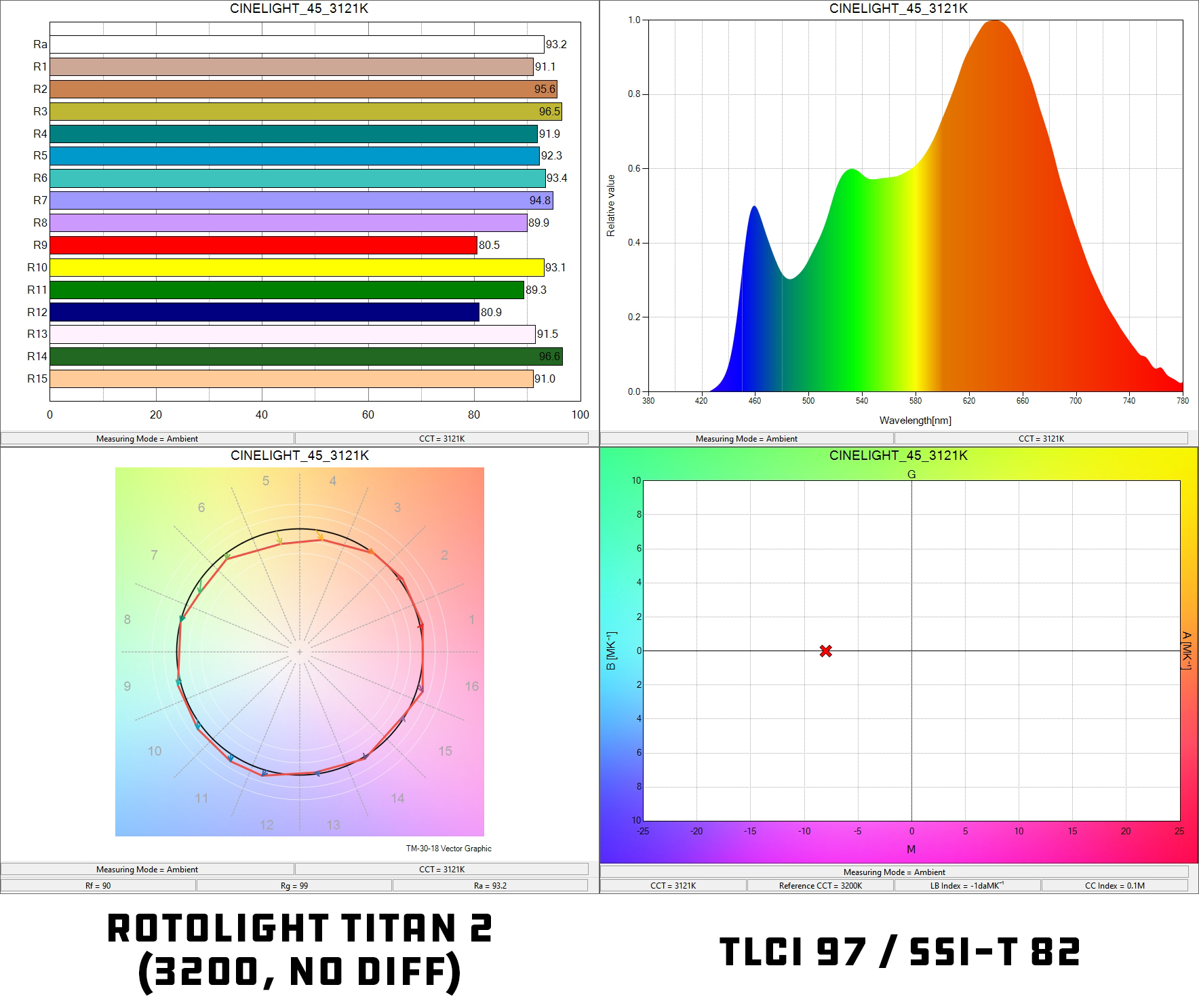
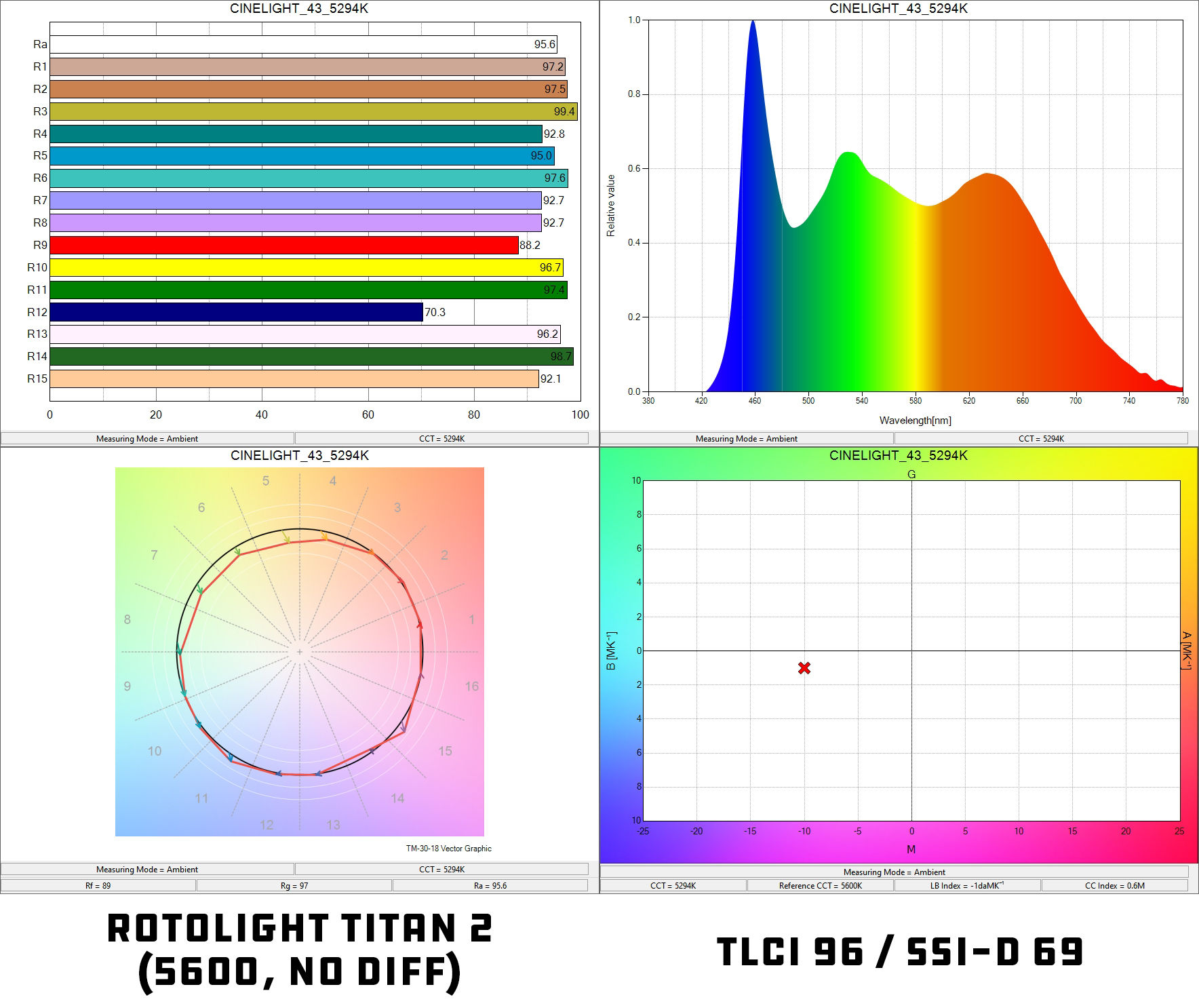
As I mentioned at the top, the X1 is (obviously) smaller and a bit easier to wrangle, so I used it instead of the X2 on a recent interview gig I had. I was “underground” in a small bar so the X2 plus the giant baby stand I have wouldn’t have fit, nor would I want to haul them up and down stairs like that by myself. Since interviews involve relatively tight compositions, however, the X1 was just fine. In a perfect world I probably would have put a softbox on it or a 4×4 frame in front of it, but we were moving quickly and, again, it was too small of an area for extra grip anyway. The Titans have snap-in frames which make switching those things out easy, and in my case held the standard barn doors.
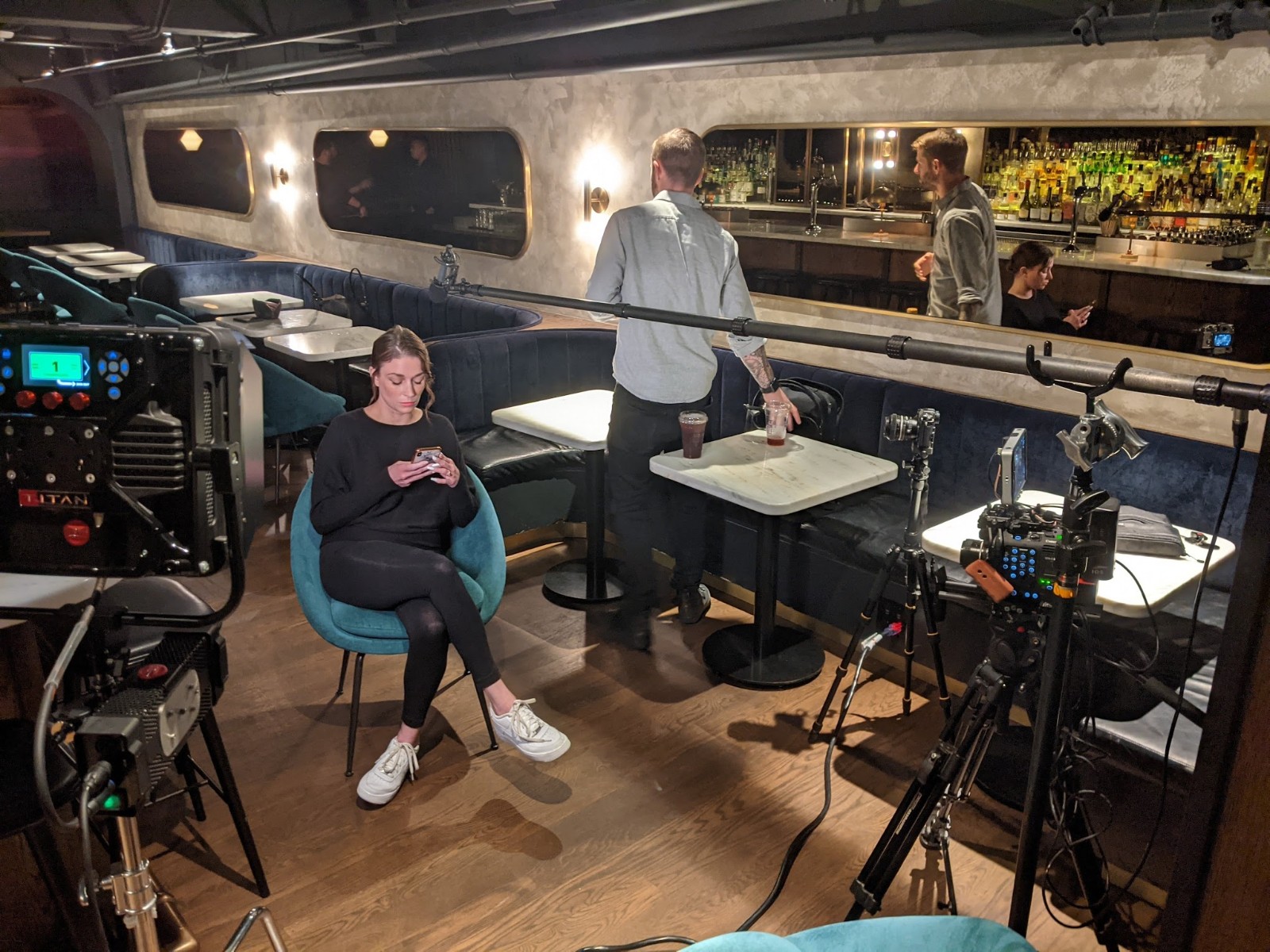
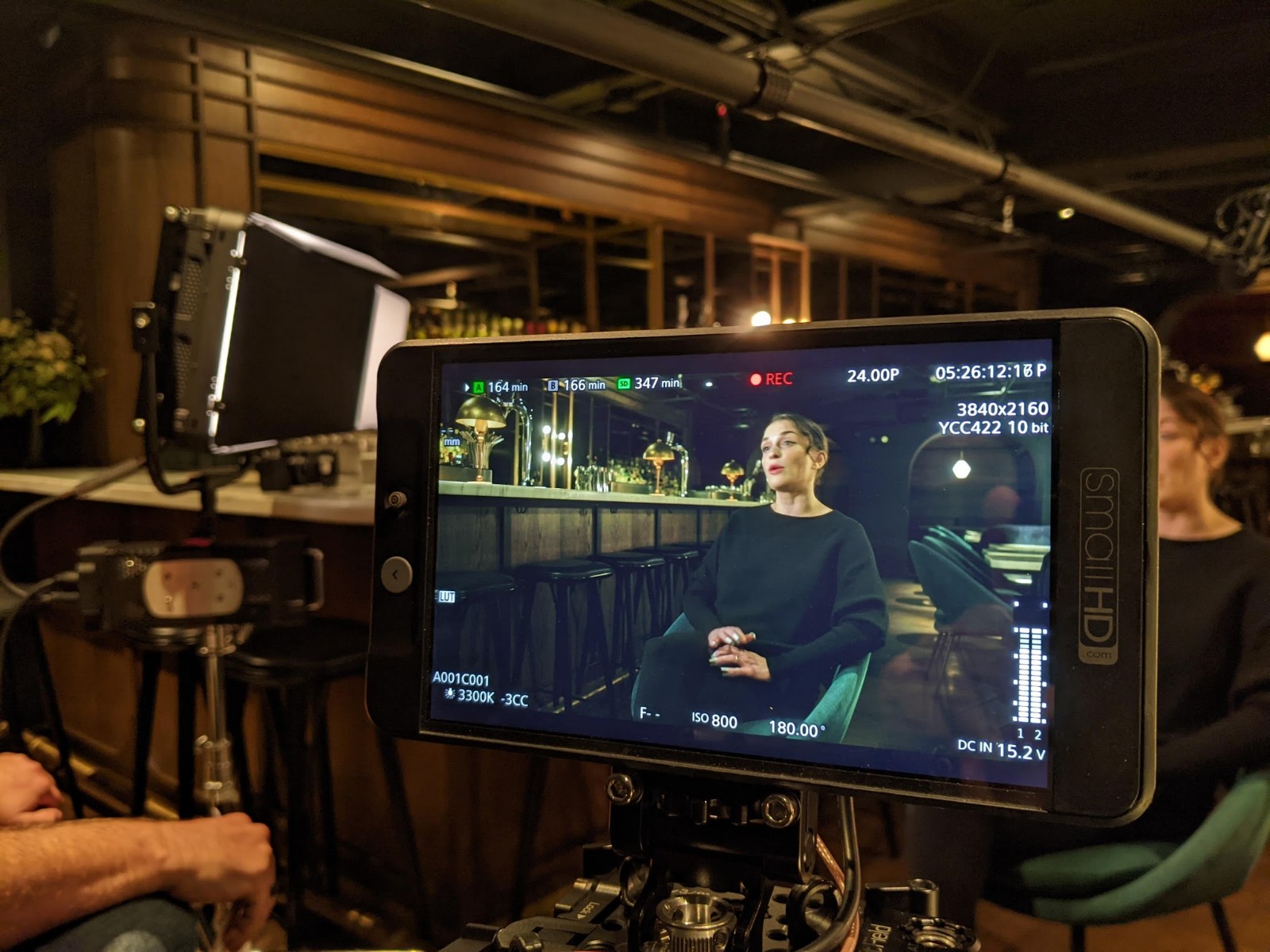
The bar was lit with LEDs of unknown quality (a little greenish looking), but they were all 2700K so while getting my key light to match the ambient exposure was trivial, the color temperature was ever so slightly cooler. This is fine for my situation because it was either simple to correct in post or unnecessary, but if you’re in a position where you need a very warm light it’s something that one should know about. They go up to 10,000K though, so the cooler end of the spectrum is perfectly achievable. If you wanted to use daylight as your “warm” light and 10,000K as your “daylight”, there ya go. In any case, the light performed exactly as you’d hope in a simple situation like this, and actually elicited a somewhat “wow” reaction from the client (who said nothing of the camera setups. The tides are changing people!)
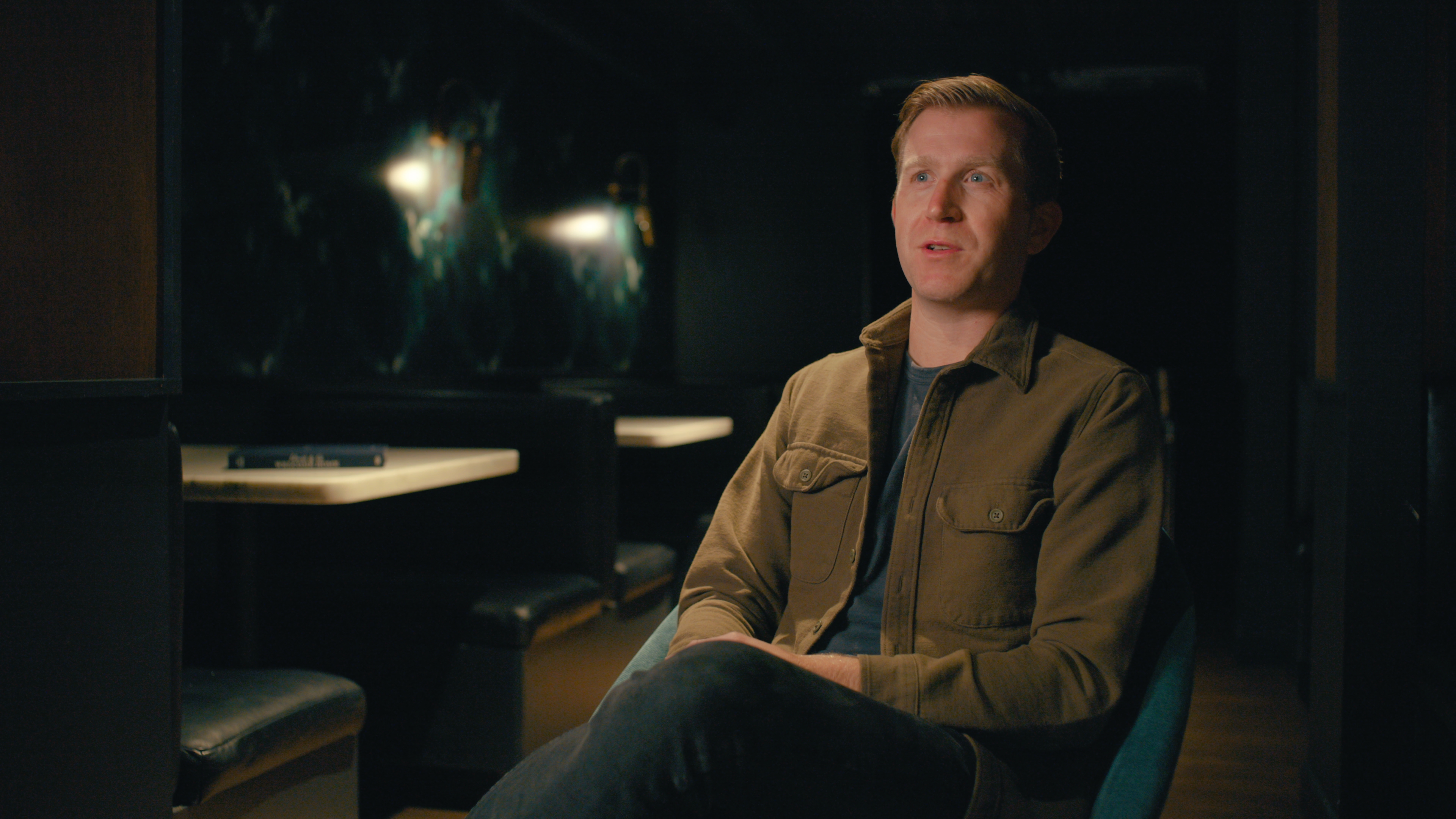
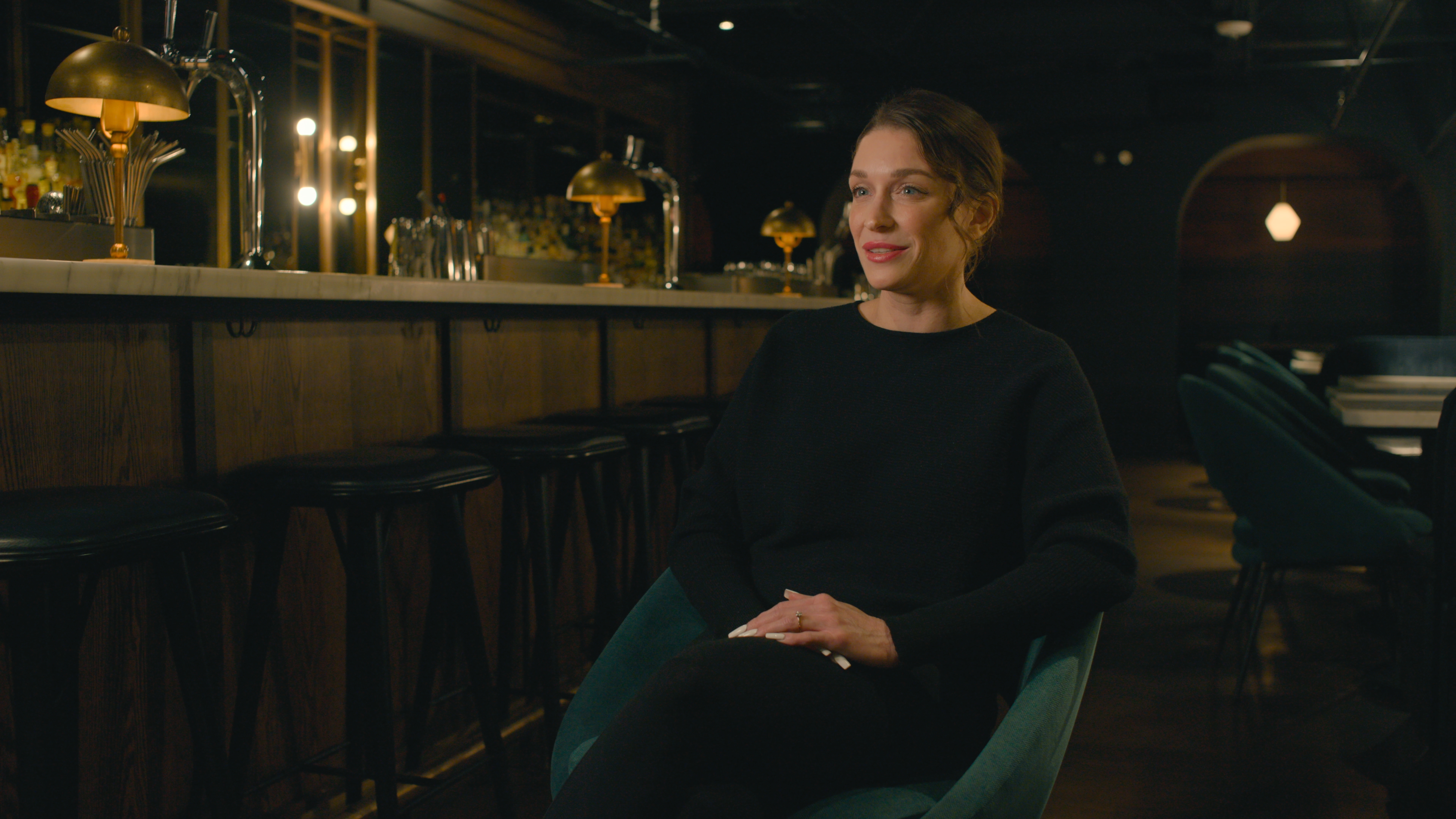
For nearly $3000 less than a Skypanel S60, the Rotolight Titan X2 is certainly a solid alternative to the current standards. Performing admirably in both “lab” (is my office a lab?) tests and real world scenarios, I found the lights to do exactly what they say on the box in an elegant package, and that’s all you can ask for.

Filmtools
Filmmakers go-to destination for pre-production, production & post production equipment!
Shop Now












